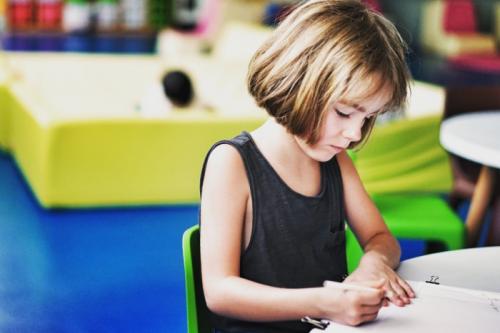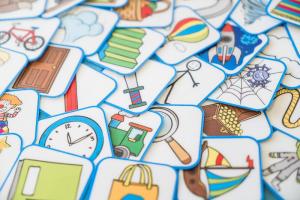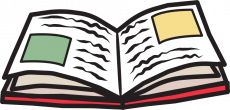How Do Children Learn?
‘Every child has a different learning style and pace. Each child is unique, not only capable of learning but also capable of succeeding’ - Robert John Meehan.

As teachers, we have the opportunity to discover each child’s uniqueness; what they are passionate about, what they enjoy doing and how they interact with and explore the world around them.
We can use this information to tailor a child’s experience of the curriculum, classroom activities and learning environment. This allows each child to access new skills in a way which suits them, and naturally enables them to succeed – often with so much enjoyment that they don’t even realise they’re learning.
We are the facilitators of this process, and what a tremendous joy and privilege this is.
There are generally considered to be four types of learning styles.
- Visual – Children who understand and remember things by sight. They learn best by using methods that are primarily visual, like seeing pictures and visual prompts. This helps them to picture what they are learning in their head.
- Auditory – Children who digest new concepts through listening and speaking in groups. They understand and remember things they have heard, accumulating information by the way that it sounds. They are good at understanding and remembering spoken instructions.
- Reading and Writing - Children who enjoy reading, as well as understanding and remembering what they have read. They delight in writing as a way of applying and consolidating their understanding.
- Kinaesthetic – Children who learn by ‘doing’ and enjoy hands-on activities. They often use real-life experiences to help them access and remember information.
How to apply the four learning styles in your classroom.
Providing a curriculum which encompasses all learning styles will naturally support the diversity of the children you teach, enabling them to flourish.
Some children may lean towards one particular learning style, while another child may benefit from a combination of all four – so it’s important to serve a good mix of activities.
Here are some examples:
Sequencing pictures – Provide children with picture cues that they can use to create and retell stories, by placing them in a sequence. This allows children to practice speaking and listening, as well as an opportunity to record ideas in written and pictorial form. This can be extended by using sentence starters and including punctuation.
Pictures and symbols – Provide children with opportunities to record their ideas in creative ways using colours, symbols, pictures and words, reinforcing activities they have done on a practical level.
Modelling – Give children opportunities to see key skills modelled both verbally and visually, every day. This could include telling a story out loud while they watch you sequence pictures, words and symbols. Then allow children to work together to do this for themselves, experiencing and ‘owning’ language in their own right.
In all these activities, children have the opportunity to take ownership of their learning - exploring and solving problems as they go. This is a valuable lesson.
‘Learning how to learn is one of the most important skills in life’ - Norma Fauziyah.
Mighty Writer is a Highly Visual and Tactile Resource.
It engages children by allowing them to use pictures and symbols to create and edit sentences, creating different meanings and effects.
Most importantly it teaches children how to picture their ideas and sentences in their head and move them around to create the desired effect - exactly what they need to be able to do to be an author.
Please click on the link below to find out more about the impact mighty writer could have in your classroom.

